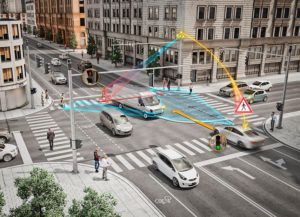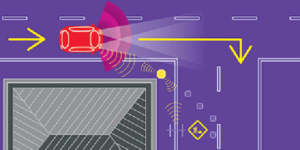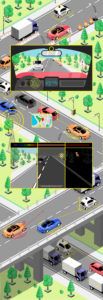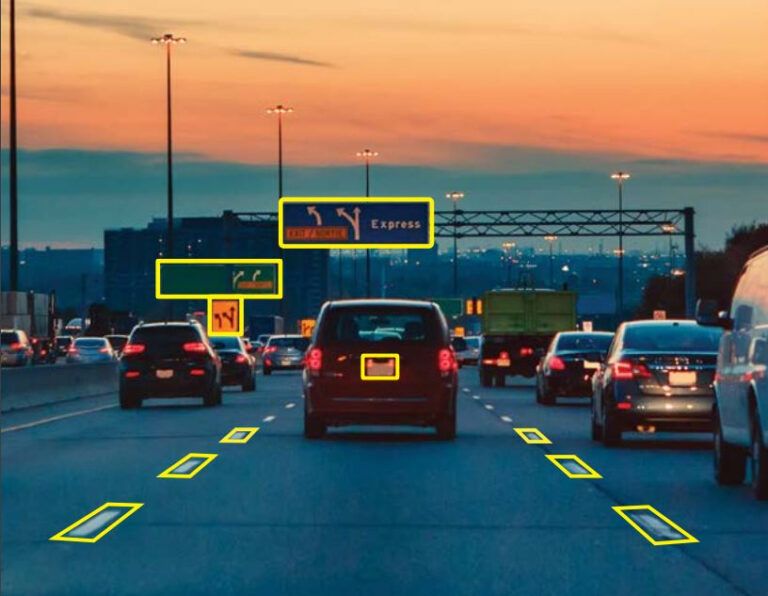German automotive technology supplier Continental has entered into a collaborative evaluation partnership with 3M to assess the interface between vehicles infrastructure-related objects, including pavement markings, conspicuity film, signs and other landmarks on or near the roadway environment.
Current roadside infrastructure is lacking some aspects of consistency, uniformity, performance specifications, and maintenance standards that are important for the industry to optimize the perception and localization capabilities of connected and automated vehicles (CAVs). While it is clear that infrastructure optimized systems are not possible in the short term, the long-term goal of the Continental – 3M partnership is to cooperate on finding a more balanced solution. Continental has a long history in automotive safety systems and its extensive knowledge, combined with 3M’s innovative expertise and leadership in roadway technologies, enables the two companies to collaborate on improving the current transportation infrastructure and work toward the goal of a more balanced and intelligent infrastructure-optimized future solution. The short-term goal is to help increase road safety for all road users in urban and rural areas while continuing to work toward automated driving solutions.
Continental and 3M aim to improve overall road infrastructure technology by combining the expertise of both companies. Continental is one of the leading suppliers of sensors, components, safety systems and communications technology to the global automotive industry, and has been developing CAV technologies for many years. 3M’s high-performance materials combined with innovative systems and services have been widely deployed on the world’s road networks, with a range of retroreflective and fluorescent signage and pavement makings, as well as temporary traffic control products and work zone systems.
The partners will collaboratively evaluate the infrastructure-to-vehicle (I2V) interface in the following ways:
- Localization and correction services using clear environmental landmarks for locating a vehicle on a high-definition (HD) map;
- Identification and classification of objects in urban roadway environments including urban cross-walks, signalized intersections and other stationary and moving objects to improve safety;
- Improved awareness of objects in and around work zones and the status of the work zones;
- Enhanced object detection using sensor fusion detectable infrastructure-related objects.
“Infrastructure plays a critical role in the safety of all road users including vehicles with or without automated technologies, and vulnerable road users. We are dedicated to improving transportation infrastructure and mobility so all road users can arrive at their destinations safely,” said Dr Daniel Chen, vice president and general manager of 3M’s Transportation Safety Division. “Our mission of road safety is proving to be more important as modes of mobility are changing and advancing. We are excited to collaborate with Continental on exploring infrastructure solutions that will help governments achieve their Vision Zero goals.”
Ralph Lauxmann, head of systems and technology at Continental’s Chassis and Safety Division, said, “One of our major focuses is to ensure our vehicle technology is able to accurately, efficiently and effectively communicate with cities and road infrastructure. We are excited to partner with 3M to collaborate on improving overall road infrastructure technology to help increase safety and awareness of the environments and obstacles we drive through daily.”





